Gated and Guarded (G&G) developments are gaining in popularity amongst homebuyers these days. Living in a private, enclosed community gives you a certain sense of security just like an apartment or condominium living with the advantage of having your own landed property.
However, understanding the ins and outs of a Gated and Guarded community can be a little confusing for most homebuyers.
1. Is a G&G community covered under the Strata Management Act?
Gated and Guarded housing can be divided into two easily identifiable types: the “formal” and the “informal” type which we will expand on below.
The “formal” or stratified gated and guarded communities are strata development schemes where the land is divided into parcels where the accessory parcels and common property are managed by a management committee.
These strata schemes are protected and governed by the Strata Management Act 2013 (SMA) and the Strata Titles Act 1985 (STA). Previously, strata landed residential properties used to be known as townhouses or cluster houses. However, recent housing developments have included terraced, semi-d and detached houses within the strata landed residential property scheme.
On the other hand, the “informal” or “boom and barrier” gated and guarded communities are clusters of older residential properties whose residents have decided amongst themselves that they want to fence off their community as a form of security within their housing estate, and add guard posts at the entrance of the housing community. It should be noted that these “boom and barrier” communities are illegal and do not have official approval from the local authorities. These schemes are prone to being dismantled if it is shown to be a hindrance to the people using the public roads within the estate
2. What is the power of the management committee / developer in managing the G&G scheme?
As mentioned earlier, strata schemes are managed by a management committee. This can come in the form of a Joint Management Body (JMB) or a Management Corporation (MC). The management body is responsible for the management and upkeep of the common facilities, setting the by-laws that every strata community resident must abide by, along with collecting maintenance charges and contributions to the sinking fund, and so on.
Most residents of a strata community are familiar with the terms JMB and MC and some think that the terms are interchangeable. While the basic duties of the JMB and MC are the same, one of the major differences between the JMB and the MC is the time of the establishment of the specific management committee. The JMB is established to manage and maintain the common property before the strata titles to the property are issued while the Management Corporation is established after the strata titles have been issued.
Another difference is the composition of the management committee. Under the Strata Management Act, the JMB must include a representative of the developer. This representative would help guide the rest of the committee members on the powers of the JMB as well as to prove an avenue for follow up on any rectification of defects in the common property and on the application for the strata titles.
However, once the strata titles have been issued, the JMB must hand over it’s powers and responsibilities to the Management Committee.
3. How is the service charge calculated?
Generally, service charges are one of the various maintenance fees that homeowners of a strata scheme would have to pay monthly. The service charges are calculated based on the size of the land parcel. Therefore, units that have a larger parcel size would have to pay a heftier service charge.
Landed strata schemes are easier to manage as there are fewer services to manage as compared to condominiums and apartments. However, maintenance fees for landed strata schemes can be relatively more expensive as the amount of manpower required to manage and upkeep the common facilities (i.e. community parks, clubhouses, swimming pool, etc) are substantially larger compared to stratified properties.
4. Are G&G communities actually safe? Who is in charge of security?
Many home buyers are attracted to the idea of gated and guarded communities which promises a lower crime rate. The thing to note is that these developments are only as safe as the guards that they hire.
Communities that can afford to hire a more comprehensive security firm might expect to have better security compared to communities that can only afford to hire basic security services. The hiring of the security services would fall on the shoulders of either the JMB or MC (for strata schemes) or the residents of the community (for “boom and barrier” communities).
A non-negotiable rule that is enforced in every G&G housing area is that visitors are not allowed to enter into the community unless permission has been expressly given. That permission may take the form of either a phone call to inform the guards of an incoming visitor or consent from the management committee to hold a party in the common areas. At the end of the day, it is the responsibility of each of the community residents to ensure that they abide by the rules set by the management committee and not bring in unauthorised visitors into the community.
5. What power do the community residents have? Can residents control issues such as the hiring of the security services?
Residents definitely have some say in the hiring of the security services. For communities under a Management Corporation, they are encouraged to attend the Annual General Meeting (AGM) of the MC wherein issues such as the election of the committee members and security issues are tabled.
Residents, however, do need to be aware that if they wish to engage a better security firm, it will be very expensive and that would in turn mean that their maintenance fees would increase.
Additionally, residents can lodge any complaint that they might have to the respective committee members who are responsible in addressing the issues that residents are facing. For example, if the residents find that the maintenance fees are too high, they can write in to the management committee to request for clarification. It would be the responsibility of the committee to either find a way to decrease the fees or to provide the residents with a satisfactory reason behind the excessive charges.
As for communities that are self-managed (i.e. the “boom and barrier” community), the hiring of the security services falls upon the shoulders of the residents themselves. In situations such as this, the residents would go on to form a Residents’ Association (RA) as, under the law, they are not supposed to collect any money from the residents except through an association. The RA must be registered under the Registrar of Societies, after which, every resident of the community would be a member of the association and a committee would be formed to address any issues that the residents might have. The RA would engage the security services and be in charge of preventing crime, as well as to collect the security fees from the residents.
It must be noted that the RA cannot force any of the residents to pay the security fees if they do not want to as well as to compel any visitors to register their details at the entrance of the housing community. Unlike the JMB or Management Corporation, the RA is not empowered under the law to do so. The most that a Residents’ Association could do is to instruct the security guards to request non-paying residents to register their vehicle at the entrance of the housing community.
The most that a Residents’ Association could do is to instruct the security guards to request non-paying residents and visitors to register their vehicle at the entrance of the housing community. The non-paying residents and visitors are not obliged to do so but most would as a form of courtesy. It bears emphasising once again that the self-managed communities are operating against the law and while the authorities may close a blind eye on the closure and restriction of the estate roads, the boom and barrier structures would have to be taken down if it is found to be an obstruction of the public roads.
6. What are the restrictions on the residents of G&G communities?
Communities that are under a Management Corporation are subject to the regulations under the Strata Management Act and some of the major restrictions that are imposed on the residents for example; are no changes to the facade of their homes and no renovations or extensions to their property. Residents who wish to make any changes must seek the prior approval of the MC before they can carry out any works.
Additionally, MC regulations do not allow unauthorised visitors to enter or use the facilities without approval of the MC. If the residents wish to host any social events or gatherings at the common facilities, they must get prior approval from the MC and inform the committee of the date, time, and amount of visitors expected to turn up. Residents should be aware that even if they have the approval of the committee, they must adhere to the closing time of common facilities to avoid noise disruption to surrounding neighbours. Generally, authorised visitors are allowed to stay at the premises until midnight, after which, they might be charged overnight fees (this usually takes the form of visitor parking fees) or be asked to leave by the security guards.
7. What other pros and cons should homebuyers be aware of?
A major attraction of the strata G&G scheme is the privacy, exclusivity and security for residents. Of course, this would also mean that it is harder for you to have visitors or throw parties at the premises.
Another attraction is that there would be less traffic passing through your housing area. As the strata G&G schemes have their own estate roads that public cars cannot pass through, the noise level due to vehicles is much lesser compared to non-strata G&G housing areas.
Often, the major drawback to the strata Gated and Guarded schemes is that it is more expensive compared to standard landed housing. Residents of these communities may find that they would be paying hefty maintenance charges for the upkeep of the community.
This article was first published as "The Complete Guide to Gated & Guarded Communities in Malaysia" on iProperty.com.my.
.jpeg)

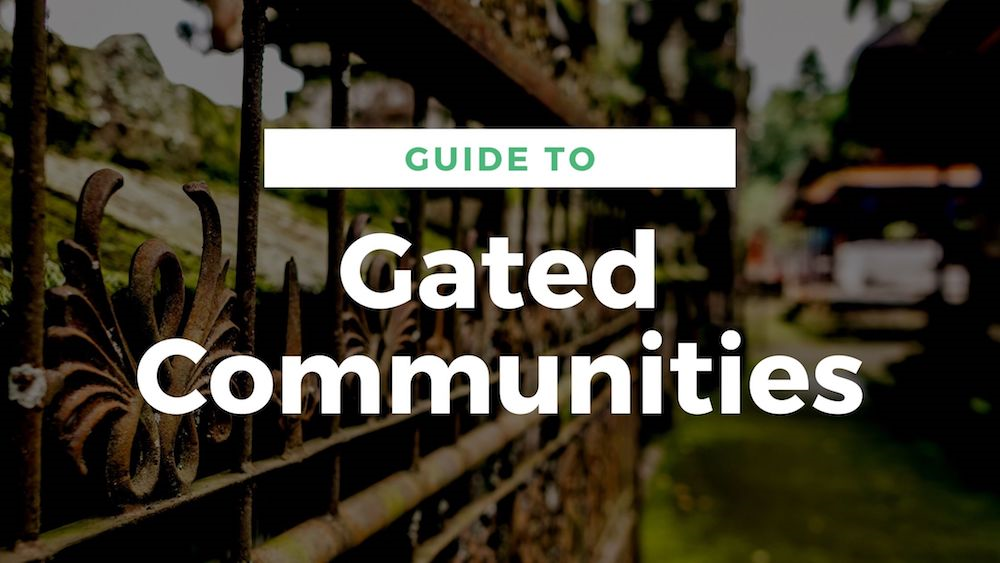


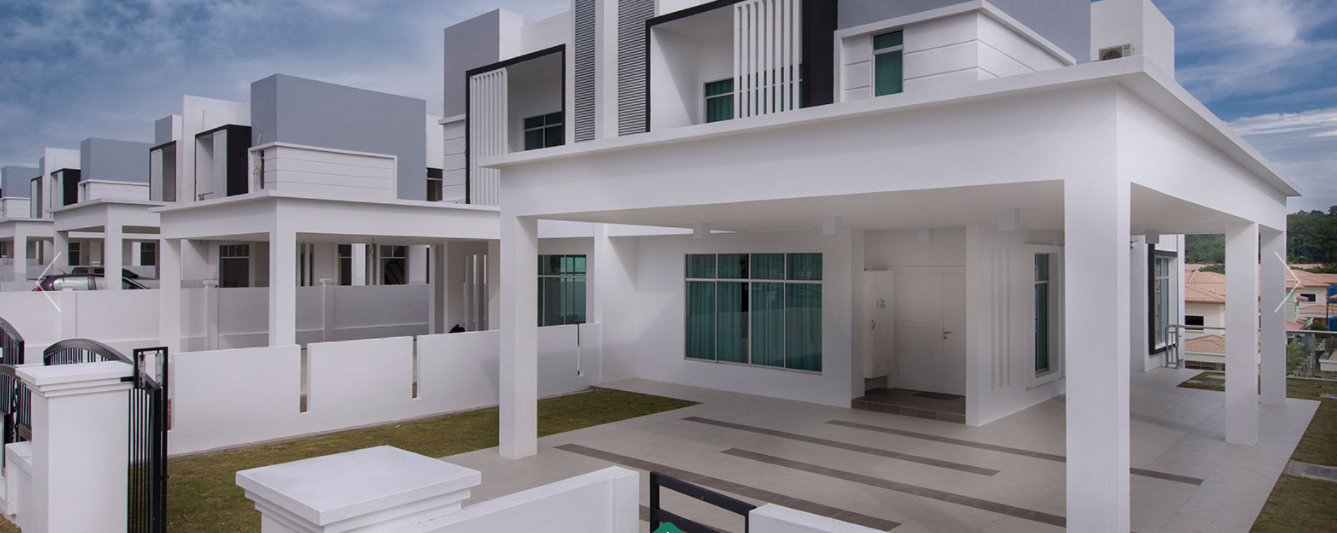
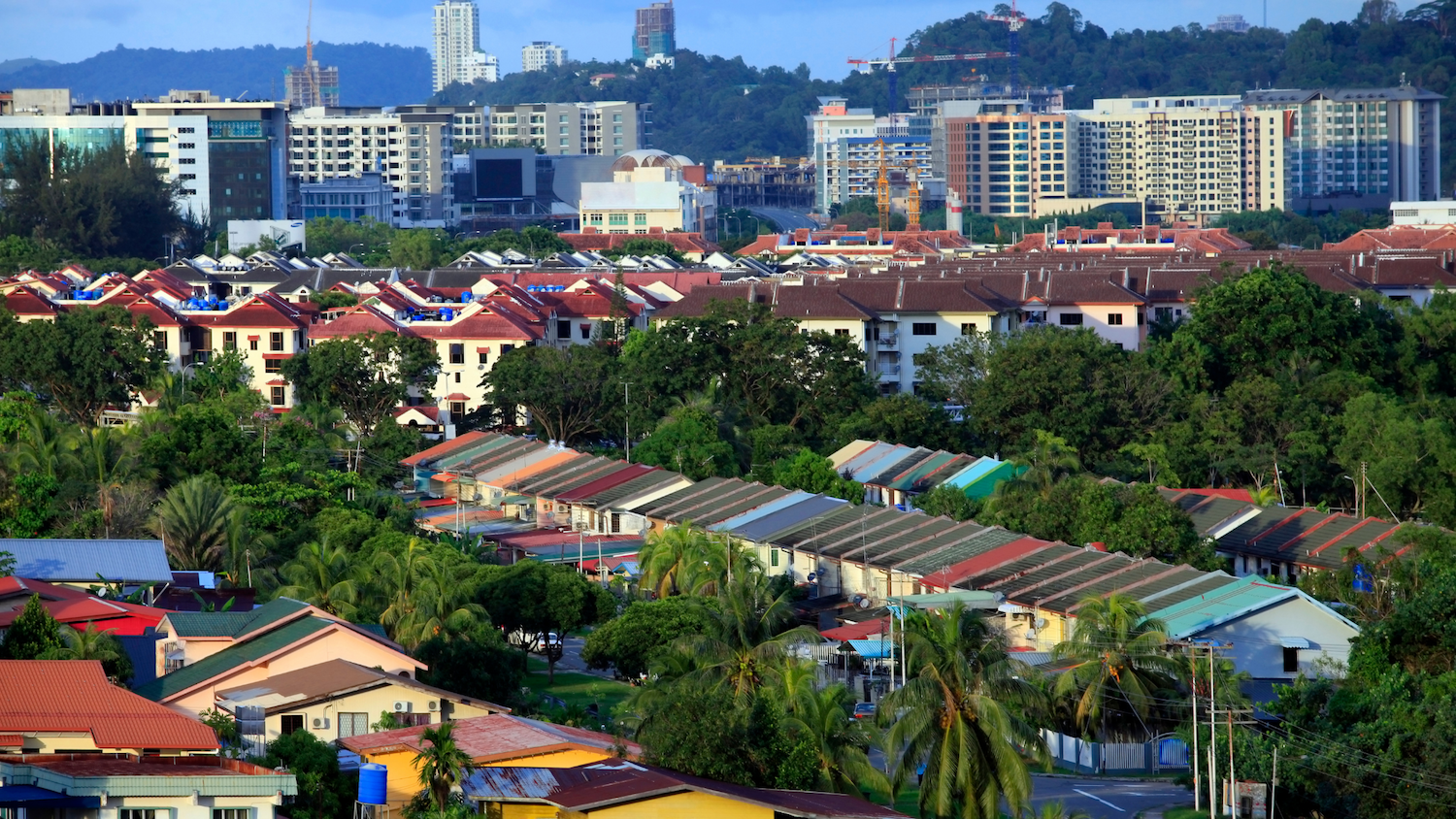

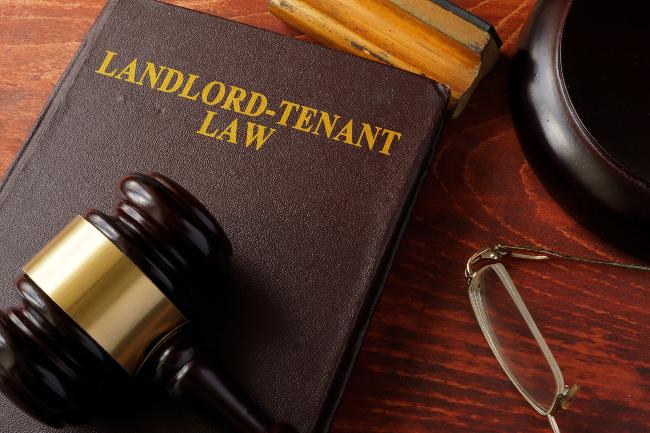
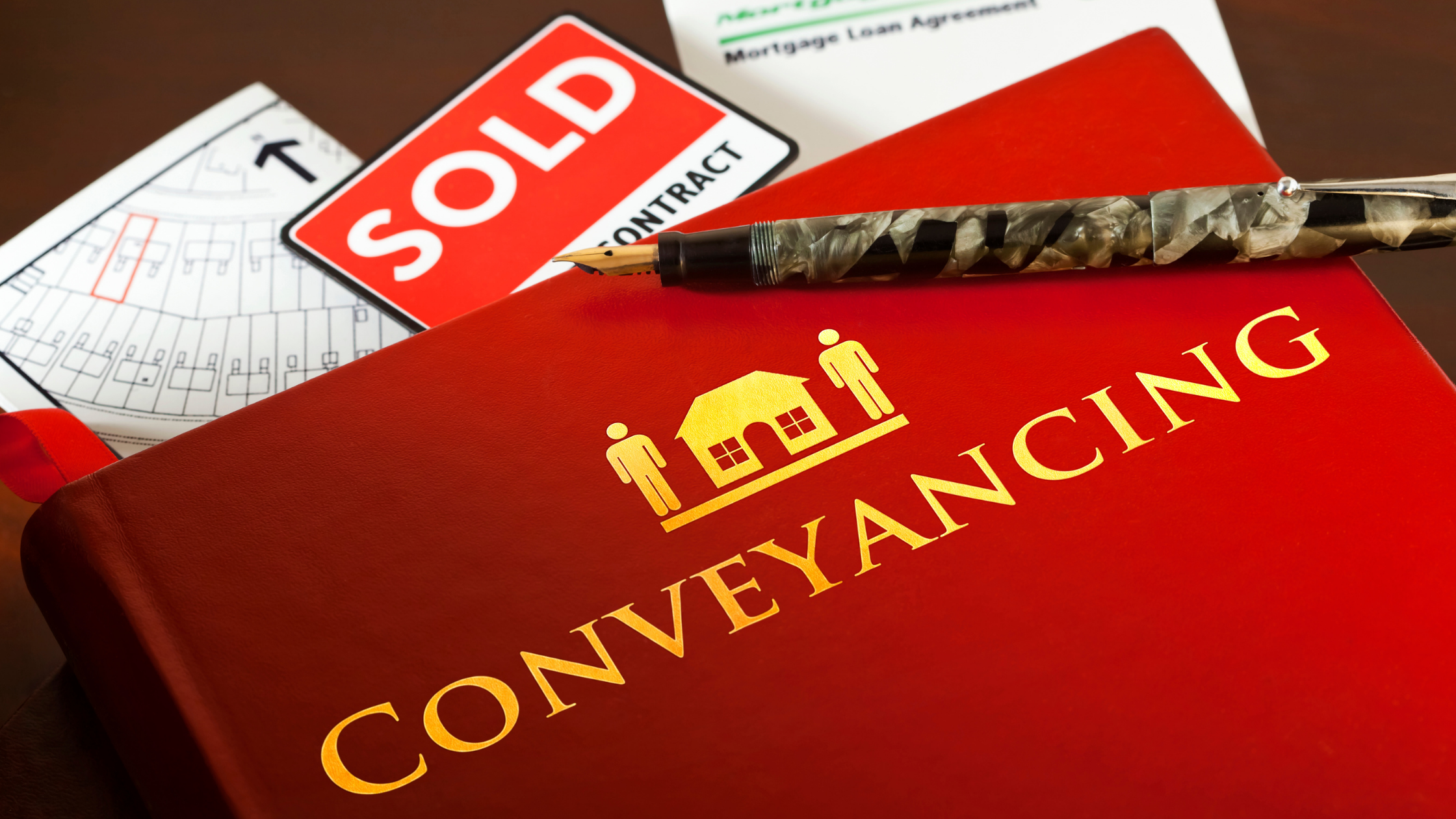
.jpg)

.jpeg)

